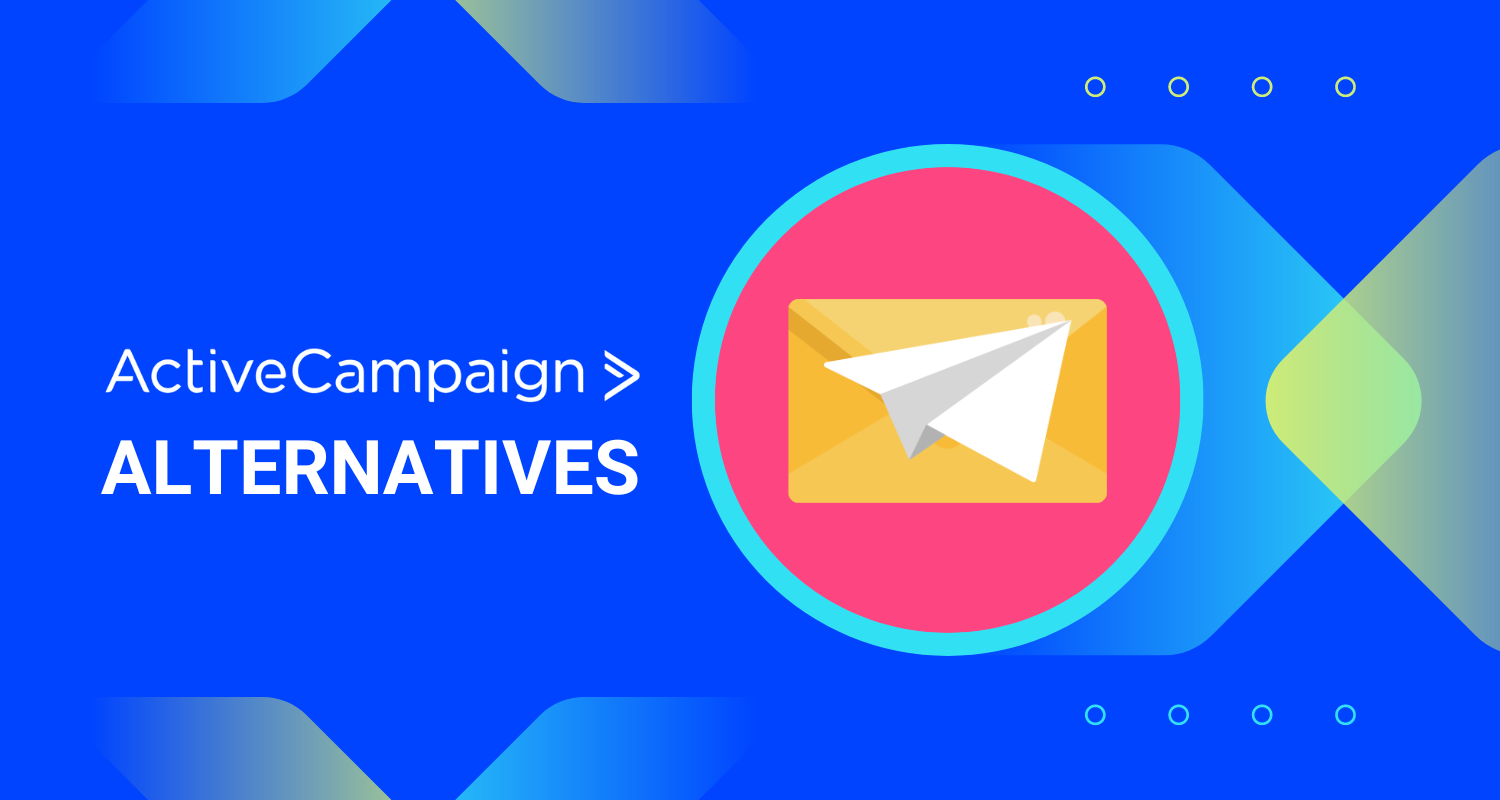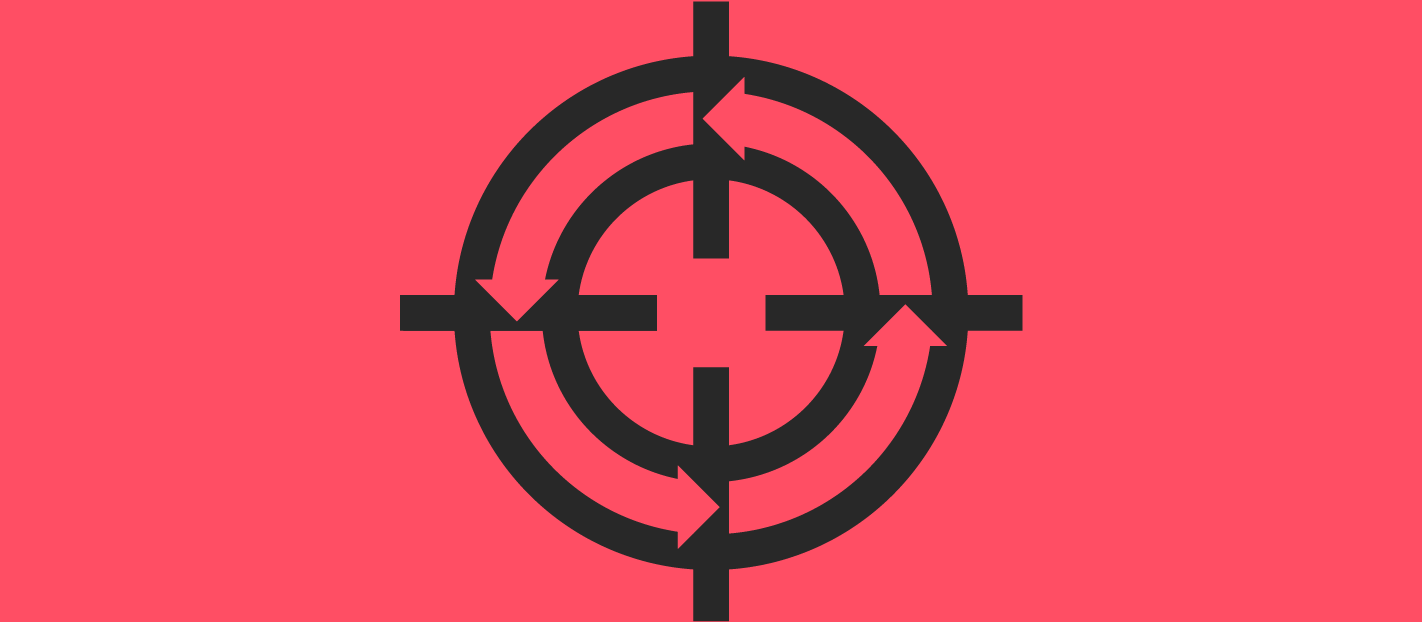
Retargeting campaigns give us a second chance to convince visitors to consider our products. Getting traffic to your website is difficult. It doesn’t matter if you’re an established brand, a startup, or even a blogger. It takes a vast amount of time, customer research, and in most cases money to get a visitor to arrive at your site.
If you have a specific objective for that visitor to achieve during their visit, like making a purchase or signing up for a newsletter, then the stats are against you. For most websites, only 2% of web traffic converts on the first visit.
To make all of your efforts as effective as possible you need to target the other 98% of visitors.
Retargeting, also known as re-marketing, is marketing activity specifically focused on an audience who you know have visited your website before. Today it is most commonly associated with online display ads. After a visitor views your website they will see your display advertisement appear on other sites across the internet. However, retargeting can also be extended to other channels such as email.
The logic around using retargeting is pretty evident. You’ve done the hard work in getting a visitor to your website, if you can then use other channels to further communicate messaging about your brand, you have a better chance of encouraging them through your marketing funnel. However, if you don’t approach it with the right strategy it can be quite a costly experiment. In the spirit of saving you time and money, here are our key learnings from running successful retargeting campaigns.
If you don’t approach retargeting with the right strategy it can be a costly experiment.
Start with a clear objective for your campaign.

Marketing funnels, in their most basic sense, start with an awareness stage move to a consideration stage and then end with a decision. The stage at which you are targeting someone should influence the channel you use and your advertising creative work. With most platforms, you are able to retarget visitors in great detail. Not only can you target those who’ve been on your website, but also visitors that have viewed specific pages. This can really help to identify where a visitor is in the funnel and therefore how you should interact with them. Here are some examples of how to target at various stages.
Focus on Awareness: make sure visitors understand your value proposition
A visitor might have read a blog post or landed on a page that didn’t clearly articulate your value proposition.
You may think that you may not need to focus on the awareness stage with retargeting. If a visitor has already been on your website, naturally they must know your brand. However, don’t make the assumption that this job is finished, there is likely still work to be done.
You also don’t want to start selling right away to someone who knows nothing about your brand or service. You need time to build trust and clearly communicate the value that you offer. For example, if somebody views a blog post then consider retargeting them with a follow on piece of content. Soon, visitors will start to associate your brand as being an expert in your chosen subject matter. Planting this seed is a great way to give visitors more confidence to consider your product/service in the future.
Facilitate the Consideration stage: keep your product front of mind
Visitors are aware of your brand and your offering and are now in the stage of considering and comparing to other services.
If visitors are viewing specific features or products of yours then you’ll have an indication that they are in the consideration phase. In these instances, you can retarget them with specific messaging to ensure they continue to consider your product. Ads could focus on getting them to download a product guide. Or inviting them to sign up for a webinar about your product usage.
Again, it’s not about selling your product directly to them in this stage. It’s about taking the opportunity to ensure that they move to the next stage of making a decision.
Encourage the Decision phase: pay attention to behavioural signals and take action
A visitor’s behaviour is a great indicator that they are getting ready to make a decision, make sure that you’re with them when it counts
If a visitor has viewed a pricing page, it’s a pretty big indicator that they are close to making a decision on your product. What we’ve found to be particularly effective is using email to retarget visitors in real-time.
If you can retarget in real-time you’re tapping into an immediate interest in your brand. By including social proof, testimonials and rewards in the emails, we’ve seen open and click-through rates double in these retargeting campaigns when compared to other email marketing campaigns we’ve run
Another option here is to use proactive live-chat prompts which can be tailored for each page and to individual visitors. This provides a personalised experience considerate of the customer’s customer journey and their past experiences with your brand.
Google Display Network and/or Facebook are the best starting point for on-site retargeting.
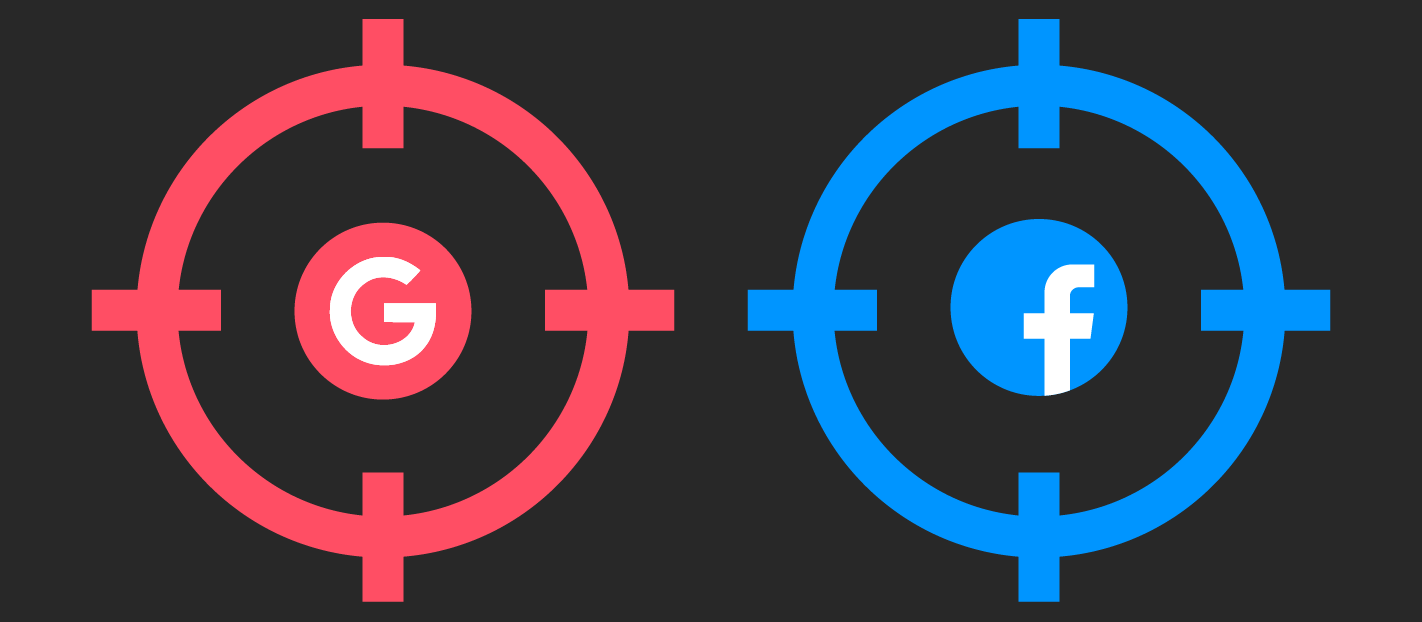
It’s a bit difficult to know how to get started with on-site retargeting platforms.
What this means is remarketing to your visitors whilst they are on another website. For this you have two main options:
-
Direct to platform:
for example via a platform like Facebook. Setting up and managing your retargeting campaigns directly through Facebook, to appear on Facebook.
-
Via a dedicated programmatic service:
using a third-party service to set up and manage your retargeting campaigns which allows you to access more ‘inventory’ (advertisement placements) across multiple different platforms.
The benefit of using a programmatic service is that it opens up vastly more, and sometimes even higher quality, options across a wide range of platforms. There’s also an efficiency benefit in programmatic services. They enable you to see all your data and campaigns in one place, instead of spreading them across individual platforms.
The starting point I would recommend is to use either Google Display Network or Facebook. The reason I say this is that if you don’t find value across either of these, it’s unlikely that you will do so across any other service.
If you don’t find value on Google Display Network or Facebook it’s unlikely you’ll find value on any other service
GDN and Facebook are relatively straightforward to set up and manage. Also, when testing out retargeting techniques GDN and Facebook are a more cost-effective method. They don’t change the same premium cost as programmatic services which charge you for serving your ads on a more ‘premium’ inventory.
GDN and Facebook are great platforms for learning and testing
Also, the GDN and Facebook ad platforms are far more transparent than programmatic channels which makes it much easier to learn and try out new things. It’s really important when you’re learning to optimise campaigns that you are able to look at details. Elements such as where specifically your ads have been placed are important testing grounds in finding the ideal campaign configuration.
This is a place where detail relly matters
If you find that that GDN and Facebook are working well for you then it could be worth exploring a programmatic solution. This gives you access to their larger inventory, and you can benefit from the efficiency of not having to set up campaigns on multiple platforms.
Choose the right cost based on your objective.
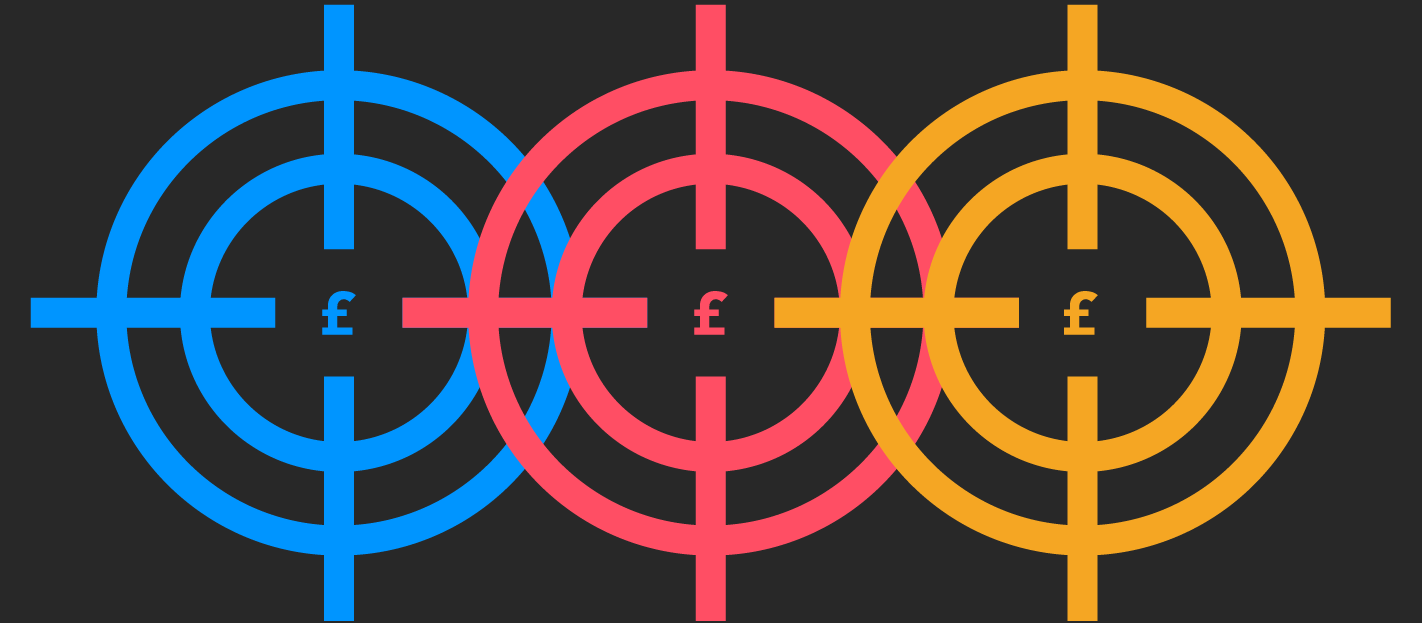
When running display ads across these networks, two common ways of being charged are CPM (cost per thousand/cost per mille) and CPC (cost per click).
What is CPM?
The amount you are willing to bid for 1000 impressions of your ad. This is more relevant for awareness campaigns where you care more about your ads being viewed than people clicking on your ads.
What is CPC?
The amount you are willing to bid when 1 person clicks your ad. This means you won’t necessarily be charged every time the ad is shown but only once a visitor clicks it. The cost can vary depending on who else is bidding.
In both cases, it’s a ‘bid’ rather than a ‘price’ as when a visitor lands on that page. The network will consider all of its advertisers (you being one of them) and serve the ad of the advertiser who bid the highest. You’ll usually be charged no more than what’s needed to rank higher than the advertiser immediately below you.
Keep your ads simple and use Landing Pages

Your website will have a much better opportunity to move visitors through the funnel than a display ad does. Your ads will always have restrictions around copy length, image size, and the short attention span of viewers. Don’t try to do too much with your ads – keep them simple and memorable.
If you are targeting visitors in the consideration phase, then the ad’s clear call to action should be to drive a visitor to a landing page.
A landing page can be solely focused on communicating the key benefits of your product/service and with a lot more space and time to do so. It also puts the visitor in the position to begin moving to the next stage of making a decision. This is where you can begin leading visitors towards buying the product or signing up for a service.
Use existing data to validate and optimise your campaign.
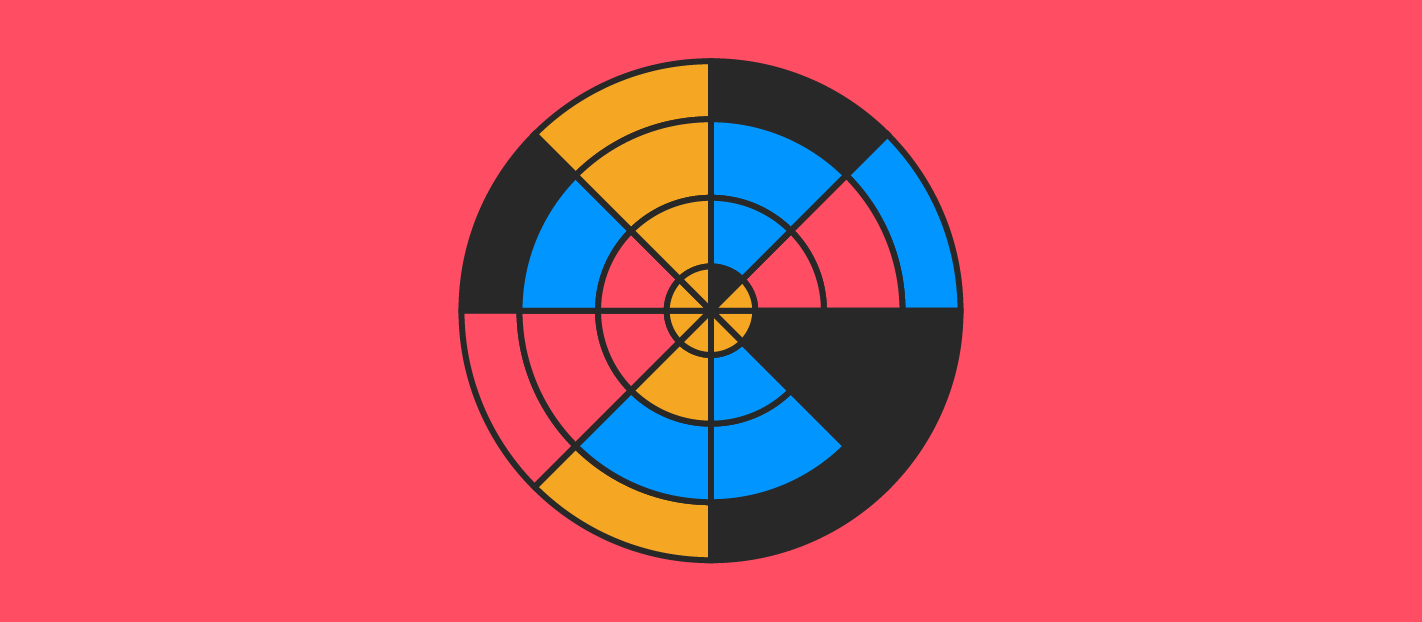
I can’t emphasise this point enough. If you leave this post with one take away – this would be it. Not all traffic is created equal, especially if you are paying for this traffic. Retargeting a visitor on the sole basis that they have landed on your website is a really good way to burn through your budget.
Not all traffic is created equal
Before you get started, identify the highest converting attributes of your visitors. In most retargeting ad platforms like GCN and Facebook you can add filters and adjust spending based on several different criteria. Make sure to look at your existing data and plug this into the strategy you create.
This is really important. Your data contains invaluable information.
Don’t leave it solely in the hands of the ad platform to optimise your website because you may have a wealth of historic and real-time data that they don’t have access to.
For example are there geographic locations that convert better for you than others. You could have some countries that drive a tonne of traffic to your website but never convert. If you’re running a CPC campaign and optimising for clicks, ad platforms can start to optimise the campaigns to send more impressions to those countries because, from their perspective, it’s performing really well.
Take the time to analyse your existing data before you start your campaigns. This will not only speed up the success of your campaigns but can also save you a tonne of money. Careful planning will stop you from wasting time and money on audiences that you know are unlikely to convert.
Retargeting isn’t all sunshine and rainbows

For businesses, retargeting is a powerful and effective way to encourage more people to consider your product. However, there are many people who feel that retargeting campaigns are following them around the internet and intruding on their privacy.
Retargeting can be helpful to customers too. It can serve as a reminder for something you were considering buying and help you to make choices faster. But amongst the growing concern about digital privacy, we need to clearly understand the methods we are using and how we can best protect our visitors and customers.
We have a responsibility to protect our customer’s privacy
We recently released a guide on digital privacy and online tracking, with a focus on the responsibilities we have as business owners and product designers to look out for our customer’s interests. It’s worth a read if you are engaged in running any retargeting campaigns.
Retargeting is a powerful way to optimise your marketing
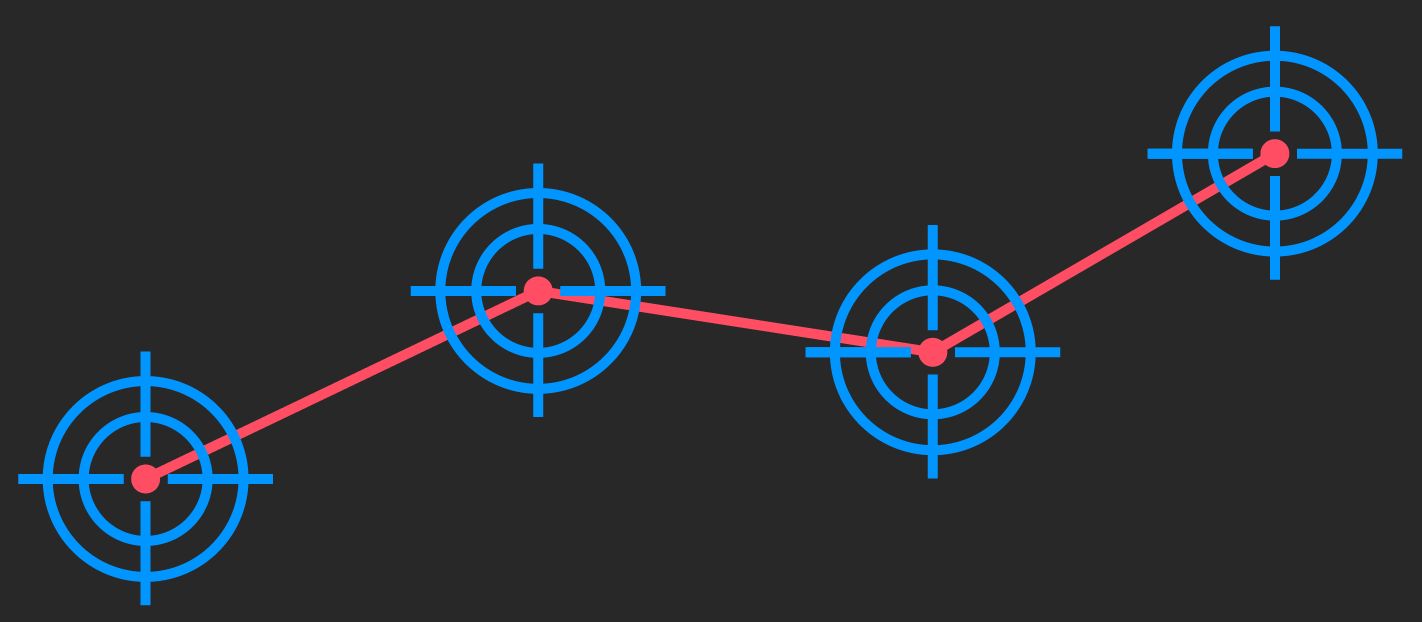
Retargeting is one of the many ways to get the most out of your marketing budget. However, marketing is a never-ending process of testing and experimenting with your learnings. If you are seeing your growth start to slow, or not getting the engagement you would like, don’t be afraid to test out something new.
Building a foundational knowledge will give you more confidence to experiment with your campaigns.
Make sure that you you understand your customer’s behaviour and know who they are. Once you have these foundational peices of knowledge at your fingertips, go forth and find out what works best for your business.
